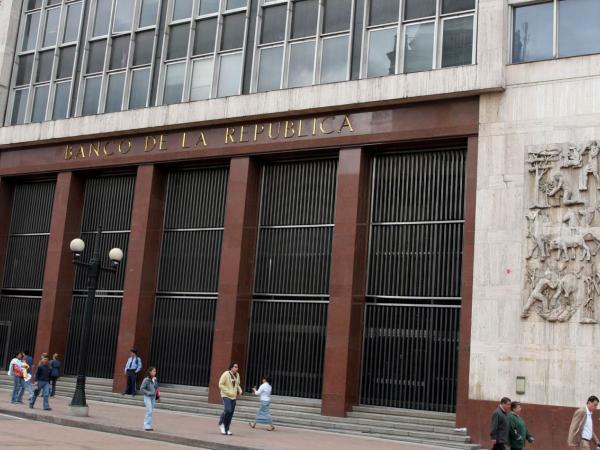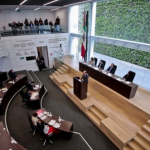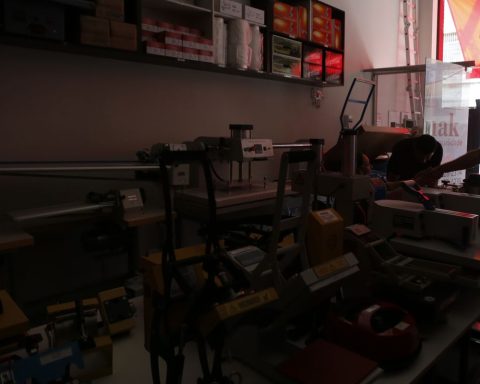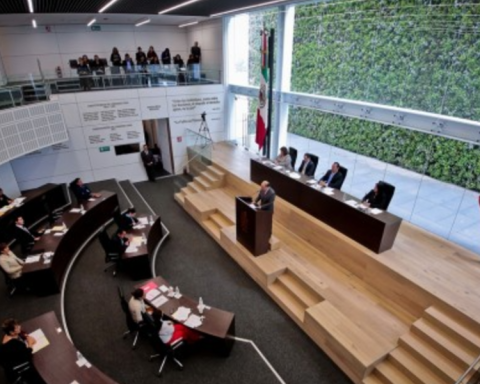The inflation It refers to the general increase in the prices of the household economy, that is, the goods and services that families in the country consume the most. This increase has become the great concern of Colombians this year, as it has reached historical figures.
(Banco de la República raises interest rates to 10%).
In January, the indicator stood at 6.94%, a high figure that increased month after month until reaching a double-digit figure in July, when it reached 10.21%. In August, inflation stood at 10.84%.
Given this scenario, which directly affects the economy of Colombians, many wonder How much can the Banco de la República do to regulate this increase?
According to Johann García, Coordinator of Technology in Banking Management of the Grancolombiano Polytechnic, the Banco de la República’s main function is to ensure the payments of the economy, as well as to reach the maximum sustainable level of the product and employment.
(Colombia would have a strong economic slowdown in 2023, according to Banrep).
“Within this entity, the area that is in charge of keeping inflation low and stable is the Board of Directors, whose purpose is to adopt different policies, whether monetary, credit or foreign exchange, that serve as viable alternatives for Colombians.Garcia says.
The most used policy by the Board of Directors is monetary, a set of measures that seek to stabilize the value of money and avoid prolonged imbalances in the balance of payments.
“This allows you to concentrate on managing the quantity of money and financial conditions, such as: interest rates, credit volumes, reserve reserve rediscount rates. In this way, monetary policy complies with maintaining the purchasing power of the peso and contribute to improving the well-being of the population”, details the expert.
Thus, Banrep modifies the monetary policy or reference intervention rate, that is, the minimum interest rate that the Bank charges to the different financial entities when they require a loan.
(Banco de la República would raise the interest rate to 10%: market).
And as the interest rate goes up, the banks transfer this cost to the interest rates of the credits of natural and legal personswhich causes a drop in demand for these.
For this reason, the general measure that central banks take is to increase the interest rate, “in order to attack or reduce the rate of inflation, causing the banks or financial intermediaries to seek to channel the resources of the economic agents that have surpluses to through deposits”, concludes García.
BRIEFCASE

















